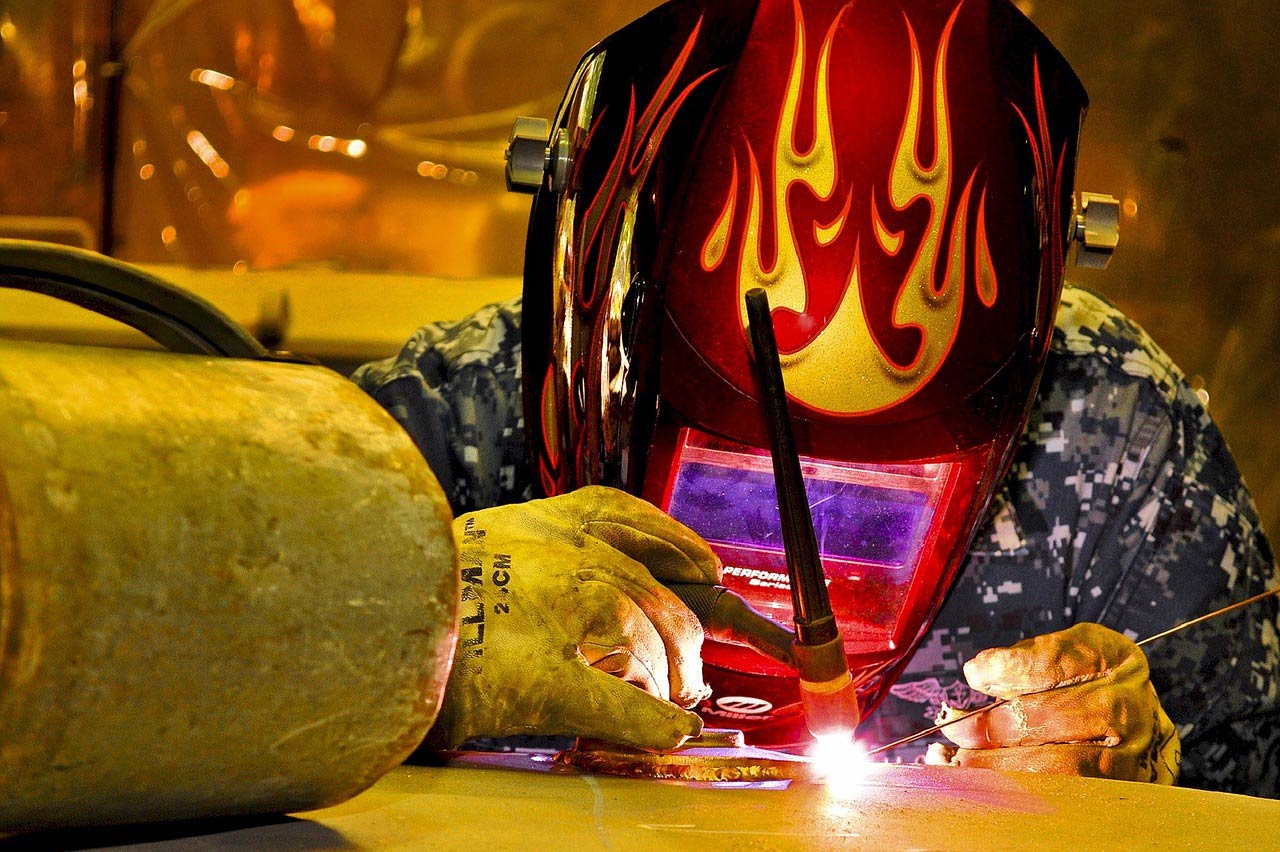
Industrial and Commercial Acetylene Gas Applications
Acetylene is a colorless gas that has a strong garlic-like odor. When combined with oxygen, it becomes very hot and is classified as the hottest fuel gas. It is also the only fuel gas that can weld steel, making it the preferred choice for welders. Air Source Industries is a trusted provider of acetylene gas for a variety of commercial and industrial applications in the local Long Beach area.
Acetylene can be produced three different ways: It can be produced by the reaction of water and calcium carbide, by partial combustion of oxygen and methane, and by passing hydrocarbon through an electric arc. To get a better understanding on how acetylene gas works, we’ll take a look at some of the most common uses of acetylene and how they are applied in various industries.
Welding and Cutting
Acetylene gas is commonly used for welding and cutting in a process known as oxy fuel cutting. Acetylene is commonly used because it produces the highest flame temperature that can reach up to 3,160 degrees Celsius (5,720 degrees Fahrenheit). The flame temperature aids in speeding up the cutting process due to the quick piercing movements and is considered a safe fuel gas to use when handled properly.
During the welding process, acetylene is known for reducing the area of the Heat Affected Zone (HAZ), which is the base area of a piece of metal that has not been melted, but altered by the heat. Because of its high temperature and precise cutting ability, acetylene is the ideal gas for oxy fuel welding and cutting. With its quality welding abilities, it’s the perfect fuel gas to get the job done in a timely and efficient manner, thus saving you money in the long run.
Portable Lighting
Back in the late 1800’s, people used acetylene to create light using portable gas lamps called carbides. They were used to illuminate homes, cars, mines and sometimes small cities. When acetylene is burned with just the right amount of air or oxygen, it reacts with a pure white light, which is why it was used to illuminate areas that did not have electricity.
Carbide lamps work by the reaction of mixing calcium carbide and water to produce acetylene. Carbide lamps contain an upper chamber which control the amount of water that drips through and mixes with the calcium carbide. The amount of acetylene produced directly affects the magnitude of the flame, which is why the chamber is an important piece of the carbide lamp. Carbide lamps are still used today in some coal mining industries in areas without safety laws.
Chemical Production
Acetylene gas is most commonly used for the production of other chemicals used in perfumes, vitamins, polymers, solvents and other materials due to its versatility and ease of reactive control in comparison to other gases. It combines nicely with a variety of elements and compounds, making it the most important of starting materials for organic synthesis.
Acetylene Safety & Handling
Although acetylene is among the safer gases to use when handled correctly, it is still highly combustible. That’s why it is very important to be knowledgeable on the safety and handling of the gas. When transporting, make sure the cylinder is settled upright to avoid any hazards. After the gases settle within the cylinder and are ready to release, make sure you dispense the gas slowly to avoid any combustion or malfunctions that could occur. As always, please make sure you are knowledgeable on the safety regulations or have a professional technician from Air Source Industries deliver the cylinder for you.
CONCLUSION
If you have a business or project that requires the use of acetylene gas, we carry it in commercial and atomic absorption (AA) grades. For assistance with gas specifications, please call us directly at (562) 426-4017 or get a quote online if you already know what you need. We also offer next day delivery services for local businesses in LA and Orange County.
Sources:
https://www.rexarc.com/blog/commercially-viable-uses-of-acetylene-part-1/
https://en.wikipedia.org/wiki/Carbide_lamp
http://www.twi-global.com/technical-knowledge/job-knowledge/oxyfuel-cutting-process-and-fuel-gases-049/
https://www.britannica.com/science/acetylene
http://www.linde-gas.com/en/sheq/product_and_process_safety_information/acetylene_safe_transport_and_handling/acetylene_hazards.html


